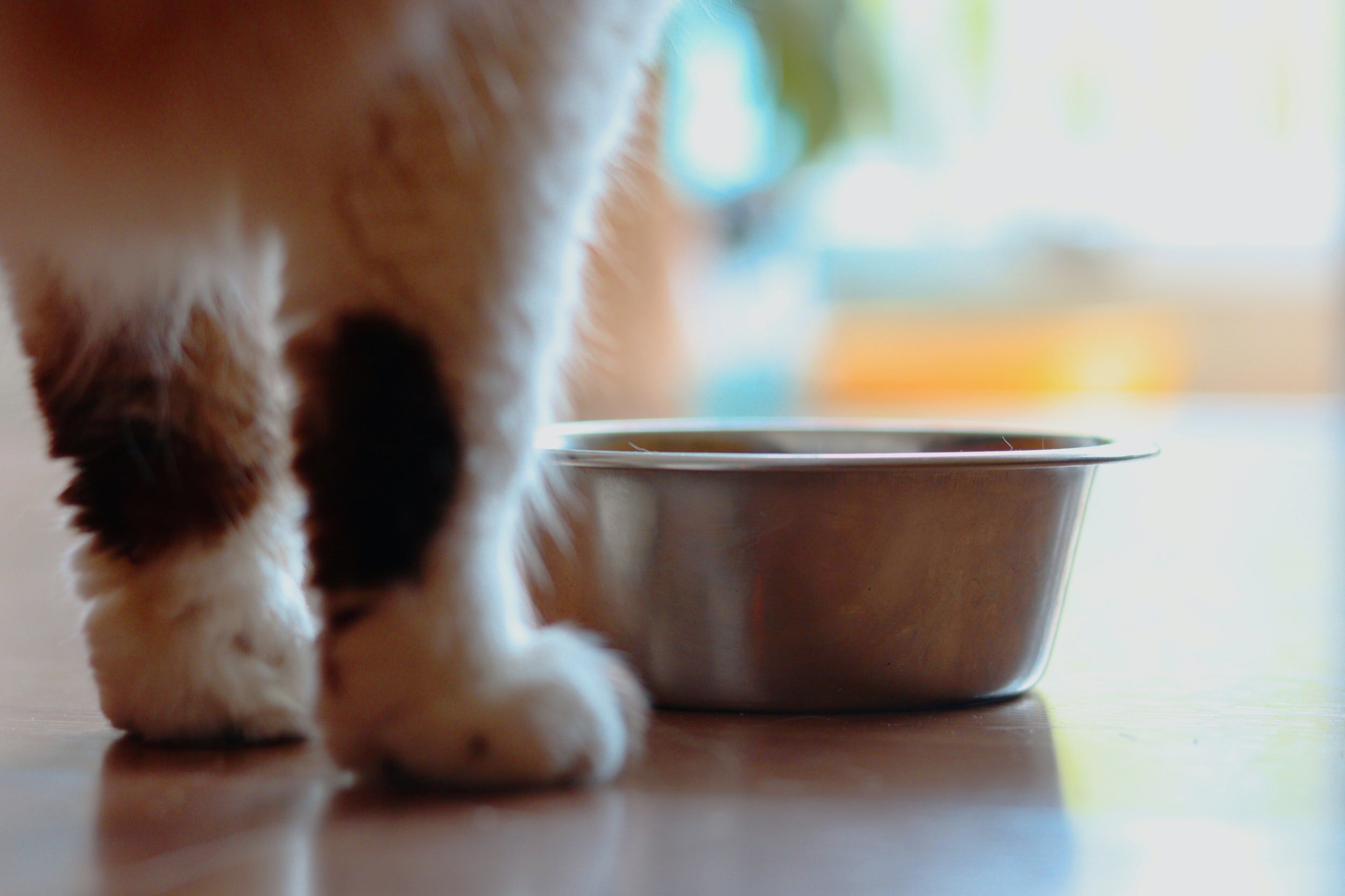Assessing pain is a complicated challenge, especially in cats. Pain has two primary components: the sensory aspect (intensity, location and duration) and the affective aspect (emotional toll).
Because pain assessment is somewhat subjective, veterinarians constantly try to create tools that make this process more objective. For validity, any pain measuring tool should take into consideration both characteristics: the sensory and the affective.
Signs of pain in cats
A British study was recently conducted in order to reach a consensus about criteria when evaluating pain in cats. Ultimately, 25 signs were considered to be reliable and sensitive for indicating pain in cats, across a range of different clinical conditions:
Top 5 Signs:
Appetite decrease
Avoiding bright areas
Growling
Groaning
Eyes closed
Other signs included: Lameness, difficulty jumping, abnormal gait, reluctant to move, reaction to touch, withdrawing/hiding, absence of grooming, playing less, overall activity decrease, less rubbing toward people, general mood, temperament, hunched up posture, shifting of weight, licking a particular body region, lower head posture, eyelids tightly shut, change in form of feeding behavior, straining to urinate, tail flicking
The top 5 signs are indicative of severe pain. Behavioral changes, such as irritability, tend to be seen with more long-term pain. The other signs can be observed with less intense pain. All of these signs cover both the sensorial and the emotional aspects of pain.
What if you see these signs of pain in your cat?
Cat owners should be aware of these signs. It is easy to mistakenly attribute behavioral changes, such as absence of grooming or playing less, as signs of aging; they can actually be signs of pain.
Remember, the presence of any single one of these 25 signs means pain. If you see any of these signs in your cat, see your veterinarian right away. Also remember that the absence of a sign does not mean your cat is no pain.
These signs may help both vets and cat guardians better assess the pain status of cats in their care.
While it can be fairly easy to recognize severe pain, it is much more difficult to detect low grade pain. The criteria above are a great start. Hopefully, this research will spark more studies to help us assess mild pain in cats as well to ensure their well-being.
If you have any questions or concerns, you should always visit or call your veterinarian— they are your best resource to ensure the health and well-being of your pets.
Hear From Us Again
Don't forget to subscribe to our email newsletter for more recipes, articles, and clinic updates delivered straight to your e-mail inbox.
Related Categories:







